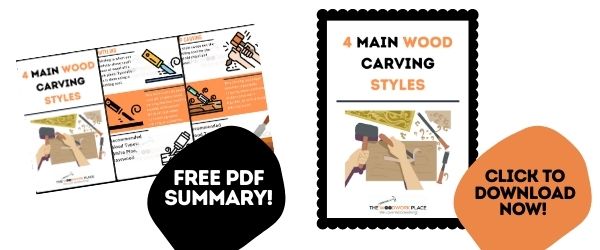If you’re ready to join the world of woodcarving, then one of the first things you’ve probably thought is; ‘where can I buy wood from?’
You can buy wood from hardware stores both online and offline. Amazon, Lowe’s and Home Depot sell wood blocks in various sizes. Plus, some stores will even cut and size your lumber purchase for free.
But, knowing where to buy wood is one thing. However, knowing what type of wood you need to buy for your carving craft, is quite another.
Still feeling confused? Well, keep reading to find out what wood type you need to buy for your particular carving project… and where you can get it from.
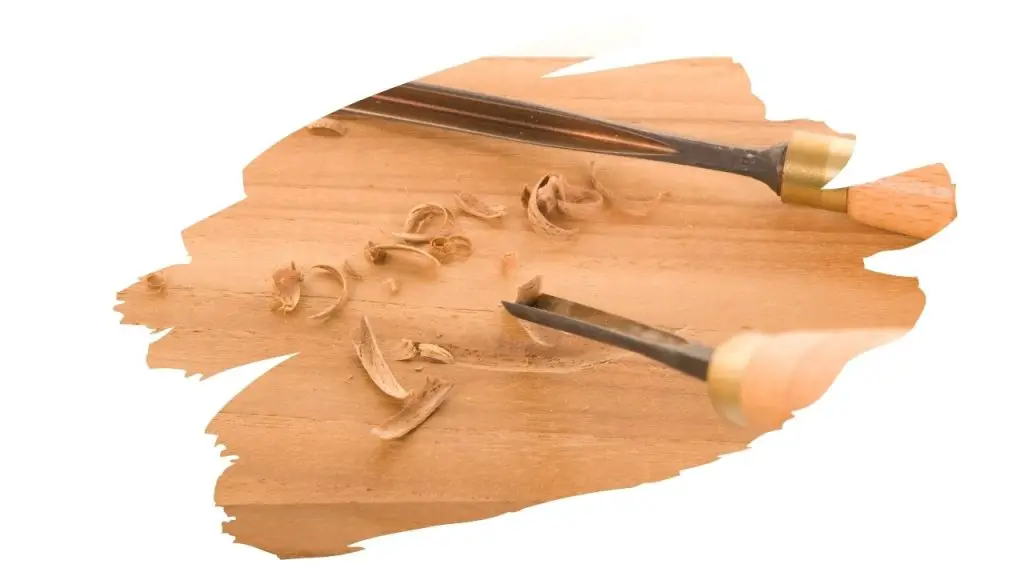
This post may contain affiliate links to products that we receive a commission for (at no additional cost to you). Learn more here.
What Is The Best Wood For Carving?
It depends on the type of carving you’ll be doing.
Whittling, for example, requires pliable wood that can be easily cut with little force. Relief Carving, on the other hand, requires tougher wood – ideally a wood type with a greater overall Janka hardness.
And what does ‘Janka Hardness’ mean? Well, the Janka Rating (otherwise known as the Janka Hardness Scale) is a way for us to measure how many pounds of force a wood type can handle.
For example, Black Walnut has a Janka rating of 1010, which means that it takes 1010 pounds of force to make a real dent in this incredibly hard wood.
On the other hand, Balsa has a Janka rating of just 22. Which means that a mere 22 pounds of force can snap this lightweight lumber in two!
Now, the Janka Hardness Scale isn’t the be-all and end-all of wood toughness. Instead, its main job is to measure the durability of lumber against everyday wear and tear.
But, as a general rule of thumb, wood types with a lower Janka rating are easier to cut than ones with a higher rating.
However, other details such as age and water levels (i.e. the ‘moisture content’ inside wood) can also play a factor.
What Are The Different Types Of Woodcarving?
There are numerous methods and techniques in the world of woodcarving. However, for the sake of simplicity, they tend to fall under 4 main styles;
Whittling
This method is typically the one that carving beginners start out with. Using a small cutting tool, we carve tiny little pieces off a woodblock.
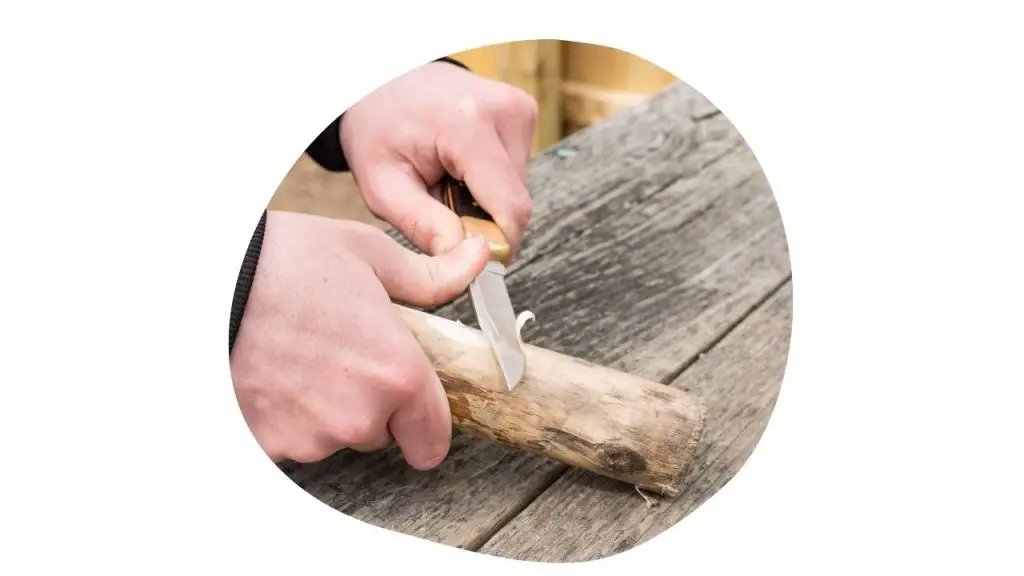
Chip Carving
This style involves using a chisel and hammer to cave wood, rather than a whittling tool. With a steady hand, chip carvers notch away at timber to bring their designs to life.
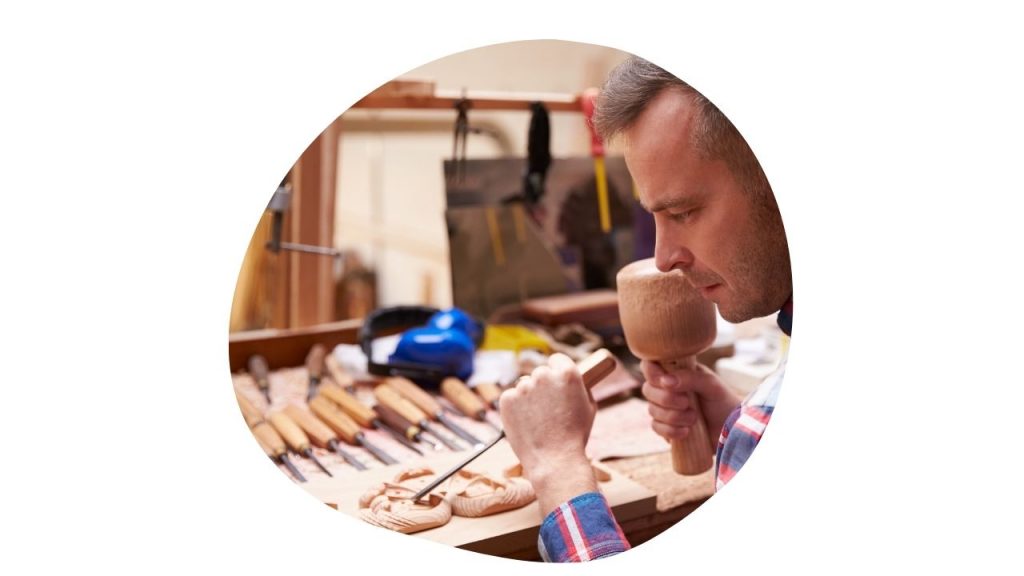
Carving In The Round
This method is similar to whittling in that we use small whittling tools to reshape lumber.
But, whilst whittling is more of a beginner level technique, carving in the round is its intermediate level cousin.
We use this technique to create elaborate lifelike sculptures.
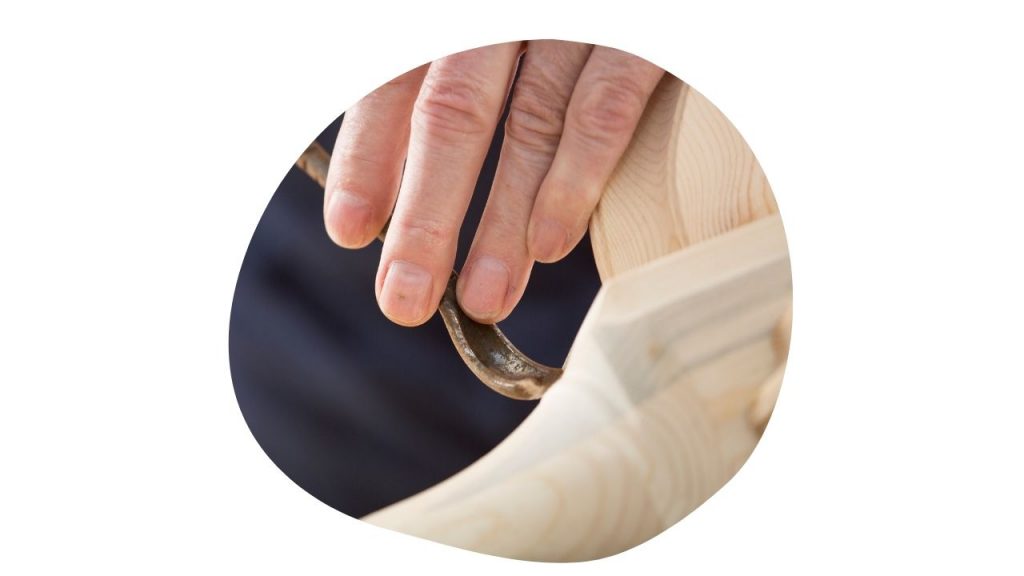
Relief Carving
Relief Carving is a carving technique that involves making raised engravings. Traditionally the tools of this trade were the typical hammer and chisel.
However, modern-day relief carving involves using powered tools, such as the CNC router. This machine makes it super simple to carve out your design and blueprints into wood.
Check out the quick video below (by Kyle Young) to see one of these neat machines in action:
Where To Get Wood For Whittling and Carving In The Round
Best Choice For Beginners: Basswood
Basswood is a wood that is so soft it is incredibly easy to whittle. It is affordable enough to purchase and use in bulk, no matter your skill level.
It also holds onto the details of your design beautifully, thanks to its even textured straight grain.
You can get the latest prices for Basswood over on Amazon.com
Best Budget Choice: White Pine
White pine is a good wood for starting with, as you can save a few bucks as you learn.
However, Pine is also more difficult to carve than Basswood. This is all thanks to Pines wood grain. In those dense inner rings, there are concentrations of sap that make this lumber more resistant to being cut. Plus, pine is annoyingly more likely to chip and split when you least expect it.
Still, compared to Basswood, Pine wood has really great looking natural color to it. Plus, it can take on stain much better than Basswood too.
It is worth noting that you may need to order your Pine wood to be cut down to block size. Basswood often comes in ready-to-whittle small blocks. However, pine is typically sold by the board.
Lowe’s offer a free cut-to-size service that you can take advantage of when you purchase wood from them.
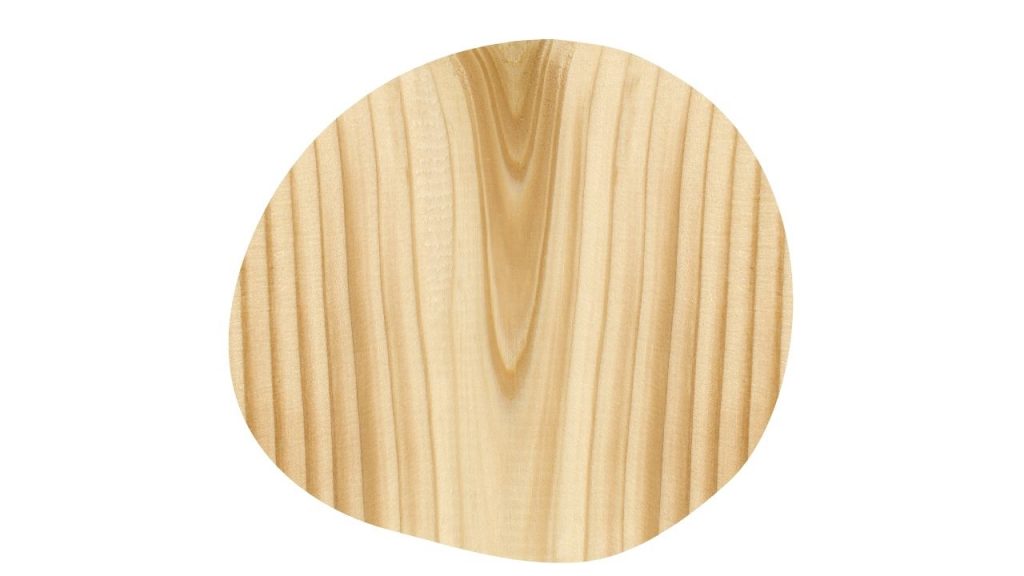
You can get the latest prices for White Pine wood over on Lowes.com
Where To Get Wood For Chip Carving and Relief Carving
Best Choice For Beginners: Lime Wood
Lime wood is the European counterpart of American Basswood. Both originate from the Tilia genus tree species, but they have one main difference; Lime wood is heftier and harder than Basswood.
Lime woods Janka hardness clocks in at 700. Which means that, (compared to Basswood), it takes almost 300 pounds of extra force to make a dent in this lumber.
So with lime wood you’ll still have the easy-to-carve advantage of Basswoods even texture. Yet, you’ll also have a piece of wood that won’t split under those hammering chisels.
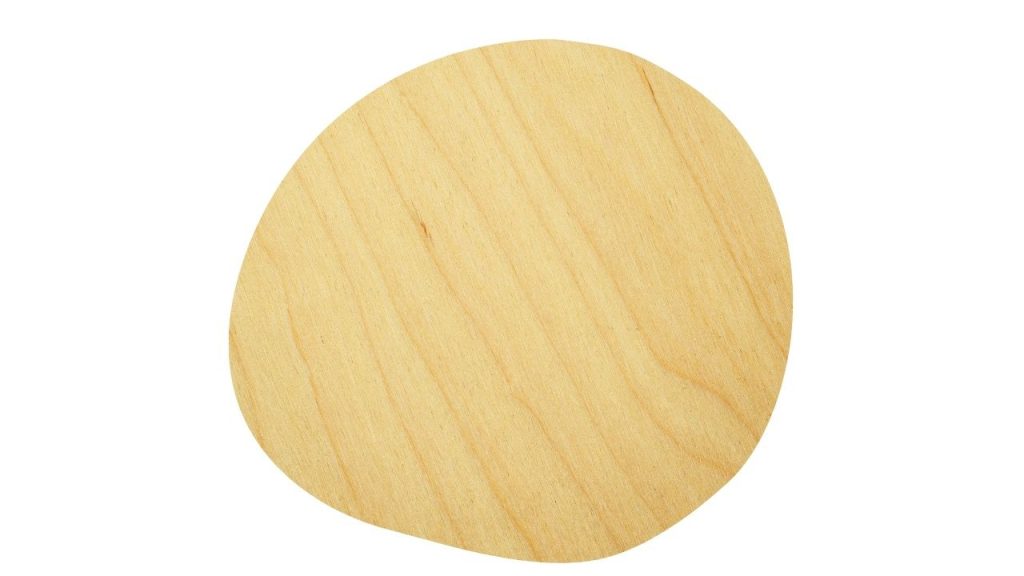
You can get the latest prices for blank Lime wood boards over on Etsy.com
Best Budget Choice: Poplar
This cost-saving hardwood is soft enough for carving – and won’t split like pine wood.
Plus, poplar’s fine grain means there is little to slow you down when you carve into it. However, it does tear more easily than Lime wood. And it’s not the best choice of wood for taking on stains and oil finishes.
Still, it can hold onto the most intricate relief details.
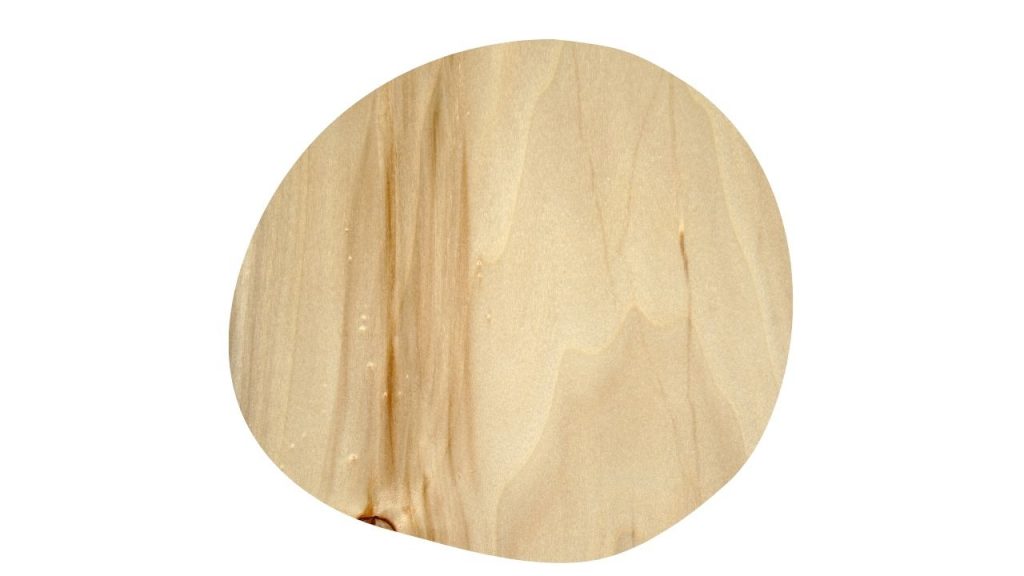
You can get the latest prices for Poplar wood board over on Lowes.com
Key Takeaway
If you want the best value for money, then these wood types are the ones you should consider getting;
- Whittling: Basswood
- Carving In The Round: Basswood
- Chip Carving: Lime Wood
- Relief Carving: Lime Wood

